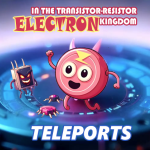Digital chips: Generate 0 and 1 symbols that cause you digital damage by freezing you
21 Oct 2024
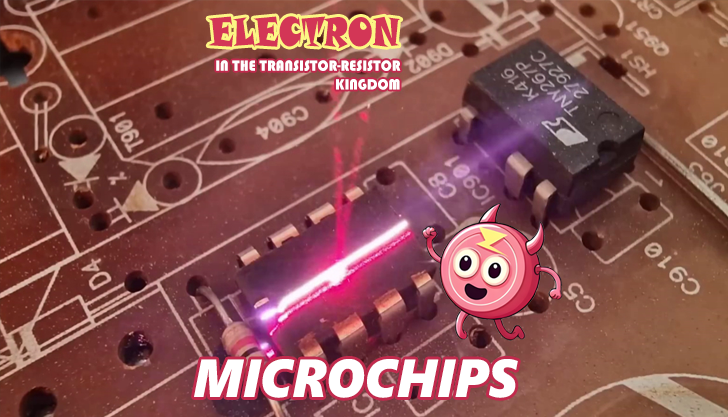
Digital chips are integrated circuits designed to process, store, and transmit digital information. In these chips, all information is represented as binary symbols - 0 and 1, which represent two states: "off" and "on" (or low and high voltage). These states are the basis for the operation of all digital devices, such as computers, smartphones, etc.
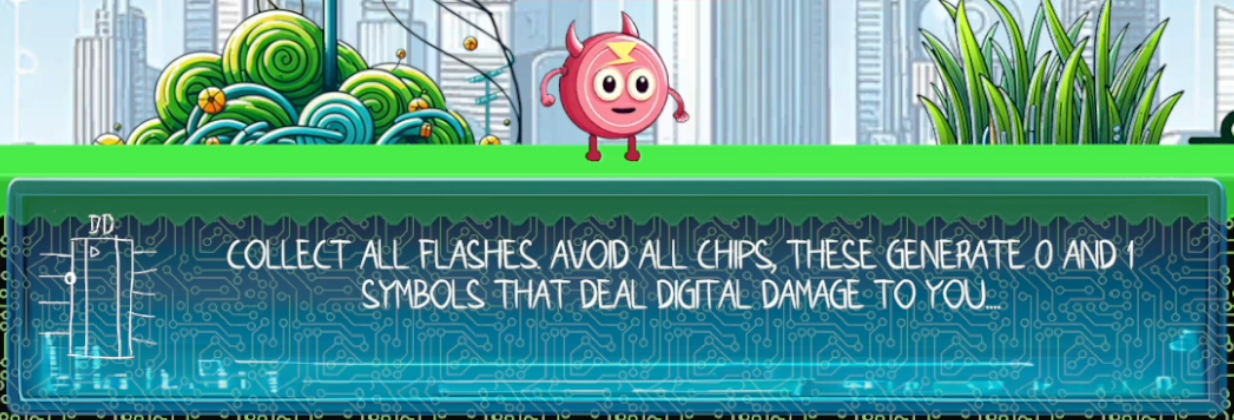
How digital chips work:
Binary systems: All operations performed by chips are based on binary logic, where each operation can be reduced to a sequence of zeros and ones.
Logic gates: Chips contain many logic gates (such as AND, OR, NOT) that manipulate data by representing it as combinations of 0 and 1.
Complex systems: In modern chips, millions or billions of these logic gates can be combined to perform complex calculations and operations at high speeds.
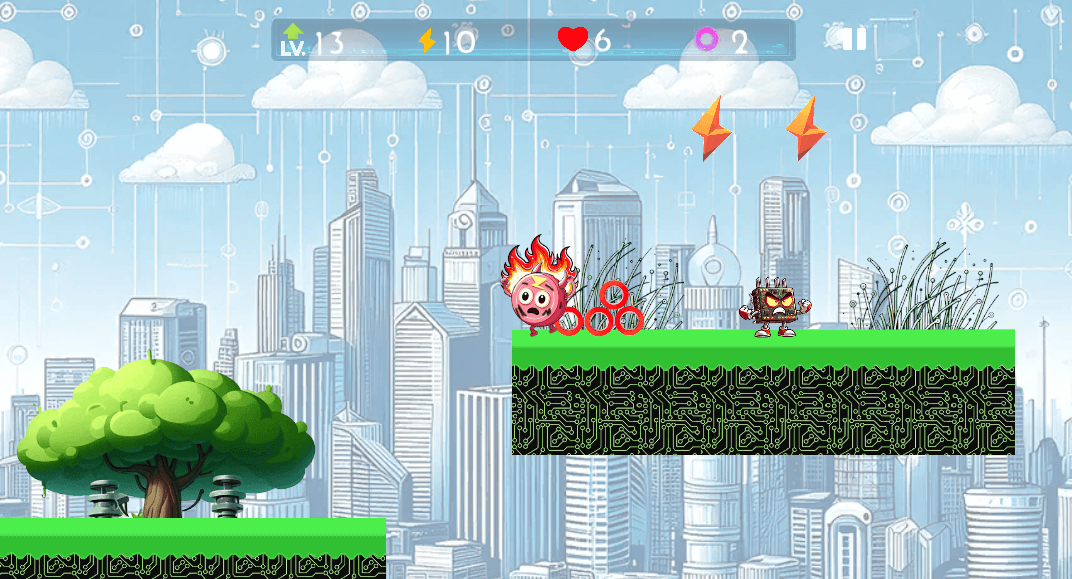
0 and 1 symbols (signals):
The 0 and 1 symbols are not actual physical objects, but abstract representations that represent low and high voltage in an electronic circuit.
All digital information (text, images, videos) is encoded as long sequences of 0s and 1s.
"Digital damage" and "freeze":
The terms "digital damage" or "freeze" do not literally have any physical effect on humans. However, they can describe certain types of problems associated with the use of digital technology:
Device "freezing": In the context of digital systems, "freezing" usually means that a device freezes or malfunctions. This can be caused by an overloaded processor, bugs in programs, or memory problems. Such failures can make the device temporarily unusable.
"Digital damage": In some ways, data corruption can be considered "digital damage". For example, if a chip malfunctions, data can be corrupted or lost. This can lead to errors in the program, and in the worst cases, to the loss of important data.
1. Digital damage
"Digital damage" in the game can be interpreted as a type of damage related to information technology, cyber attacks, or impact on a digital entity. This type of damage is usually used in science fiction or cyberpunk games, where characters can be attacked by virtual viruses, hacks, or software attacks.
Possible examples of digital damage mechanics in games:
Virus attacks: Characters can be attacked by computer viruses or programs that slow down their actions, distort their perception, or even disable them for a while.
Hacks: Enemy hackers can damage a character by hacking into their systems or equipment, causing them to temporarily lose control or abilities.
Information Overload: A player character can suffer "digital damage" in the form of information overload when they are attacked, causing their interface to become filled with errors, junk data, or disorienting effects.
Visual and Auditory Effects:
Screen rattles, distorted audio, and interface errors can be introduced when digital damage is taken to enhance the sense of virtual damage.
The character may begin to move more slowly or erratically, as if the system is overloaded.
2. Freezing
"Freezing" in a game often refers to a temporary loss of mobility or the ability to perform actions, usually caused by special attacks or conditions.
Freeze mechanic variations:
Cyber Freeze: This is an effect where a character or enemy is temporarily unable to move or interact with the environment due to a digital-related attack. For example, a hacker strike might freeze a character's digital systems, causing them to stop moving for a few seconds.
Virtual Stasis Net: A character can be temporarily frozen by being placed in a digital net or virtual trap that holds them in place until the enemy completes their attack.
UI Disable: A freeze effect can disable the player's interface, leaving their character vulnerable or unable to control their actions for a few seconds.
Visual and Gameplay Effects:
The freeze effect may be accompanied by screen distortion (such as signal glitches) or static noise.
An in-game character may be surrounded by a network of digital lines or other visual elements that emphasize the temporary restriction of their actions.
The main types of microcircuits include the following categories:
1. Analog microcircuits
These microcircuits process continuous signals, such as sound, voltage or temperature. They are used, for example, in amplifiers, filters, voltage stabilizers.
Examples: operational amplifiers, voltage regulators.
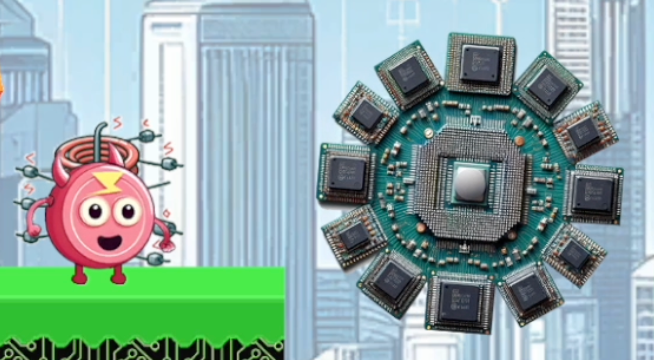
2. Digital microcircuits
Work with discrete (logical) signals, usually represented by the binary system (0 and 1). They are used in processors, memory, logic circuits.
Examples: logic gates, microprocessors, microcontrollers, FPGAs (programmable logic integrated circuits).

3. Mixed microcircuits
Combine both analog and digital elements. Such circuits are widely used in communication devices, where it is necessary to simultaneously process analog and digital signals.
Examples: analog-to-digital converters (ADC), digital-to-analog converters (DAC).

4. Power microcircuits
Used to control high currents and voltages. These chips are used in power supplies, motor controllers, and other devices where power needs to be managed.
Examples: motor drivers, integrated power regulators.

5. Application-Specific Integrated Circuits (ASICs)
These chips are designed to perform specific tasks or functions. They are optimized for highly specialized applications, such as data encryption, image processing.
Examples: ASICs for cryptocurrency mining, graphics processors (GPUs).

These categories cover most of the chips used in modern electronics.
Real risks of digital technology:
While digital chips cannot physically “freeze” or “digitally damage” people, they can indirectly affect us through:
Eye strain and fatigue: Working with digital devices for long periods of time can lead to eye strain, headaches, and fatigue.
Cyber attacks and data breaches: Chip errors, especially in cyberattacks, can lead to data loss or leakage of confidential information, which causes serious "digital damage" in the information sense.
Emotional stress: Problems with the operation of electronic devices, such as crashes, freezes or data loss, can cause stress and frustration in users, which can indirectly affect their psycho-emotional state.
Precautions:
Regular software updates: This helps to avoid crashes and vulnerabilities in digital devices.
Data backup: Regularly creating backup copies of data reduces the risk of their loss.
Proper organization of work with devices: Breaks when working on a computer or smartphone will help reduce eye strain and mental fatigue.
Digital chips themselves do not cause physical damage to users, but their improper operation can affect the operation of devices, which in turn can cause inconvenience to people.
All this creates an exciting dynamic of our game, adding unique elements to battles and interactions with the digital world of the game.
Related games
Electron in the transistor-resistor kingdom
Game: Perform tasks and rest cool. 2575 people play!
Play gameRelated news
Online broadcast about the game Electron in the Transistor-R...
broadcast about the game Electron in the Transistor-Resistor Kingdom
Read morePlatforms in the game Electron in the Transistor-Resistor Ki...
Platforms are the basic game elements in the platformer genre. They are surfaces or objects on which the player can move...
Read moreTeleport as a device for moving matter in space and time
This is a high-tech device that can instantly move a player from one point in the game world to another using plasma tec...
Read more

